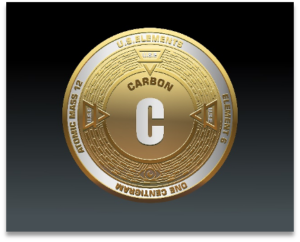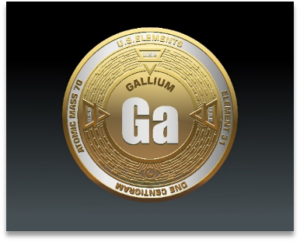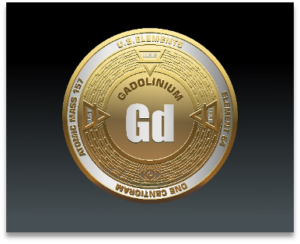In this fifteenth installment of our critical minerals series, we turn our focus to gadolinium—a rare earth element with extraordinary magnetic and neutron absorption properties. Named after the Finnish chemist Johan Gadolin, gadolinium is indispensable in medical imaging, nuclear reactors, and advanced electronics. Its unique characteristics allow it to enhance MRI scans, improve nuclear reactor efficiency, and even enable data storage innovations. As technology advances, so too does the demand for this critical mineral.
Why the U.S. Needs It
Gadolinium is crucial in several high-tech applications, particularly in healthcare. Its exceptional ability to enhance contrast in magnetic resonance imaging (MRI) makes it a cornerstone of modern diagnostics. In the energy sector, gadolinium’s neutron absorption capabilities make it essential for controlling nuclear fission reactions. Additionally, its magnetic properties are leveraged in high-performance computing, telecommunications, and even the development of next-generation refrigeration technologies. Without gadolinium, progress in these fields would be severely hindered.
Where It’s Found Domestically
Like other rare earth elements, gadolinium is not found in isolation but rather as a component of mineral deposits such as monazite and bastnäsite. The U.S. has significant rare earth deposits, particularly in California’s Mountain Pass mine, which has the potential to supply domestic demand. However, refining and processing capabilities remain limited, making the country heavily reliant on imports.
Economic Realities
The global gadolinium market is growing due to increasing demand for MRI contrast agents and high-tech applications. China dominates both the mining and processing of rare earth elements, including gadolinium, which poses a major risk to U.S. supply chains. Given its critical role in medical and defense applications, securing a stable gadolinium supply is a national priority.
Processing and Technological Innovations
Extracting and refining gadolinium is a complex process that involves separating it from other rare earth elements. Current methods rely on solvent extraction techniques, but advancements in bioleaching and membrane separation technologies may offer more efficient and environmentally friendly alternatives in the future. Expanding domestic refining capabilities will be key to reducing reliance on foreign sources.
Abundance and Waste Recovery Potential
Gadolinium is found in the Earth’s crust at an estimated 6.2 parts per million, making it more abundant than some other critical elements but still challenging to extract in economically viable quantities. Research into recycling rare earth elements from electronic waste and industrial byproducts is gaining traction as a way to supplement primary supply.
Time to Market
Developing new gadolinium sources involves lengthy permitting, extraction, and processing timelines. Given its critical applications, investing in a robust domestic supply chain should be a priority. The time from discovery to market readiness can take years, underscoring the need for proactive policy measures to secure supply.
Current and Future Applications
Beyond its current role in MRI contrast agents and nuclear reactors, gadolinium is being explored for cutting-edge applications in quantum computing and spintronics, which could revolutionize data storage and electronic devices. Its unique properties make it a key player in the future of medical, defense, and computing technologies.
Impact on Everyday Life
Gadolinium’s influence extends beyond laboratories and industrial settings. If you’ve ever had an MRI scan, you’ve likely benefited from this mineral. It also plays a hidden role in power generation and advanced materials used in modern electronics.
Consequences of Supply Shortages
A disruption in gadolinium supply could have severe consequences for the healthcare industry, delaying medical diagnostics and treatment. The defense sector would also be impacted, as gadolinium-based materials are used in sonar systems and radiation shielding. Strengthening domestic production and supply chains is essential to mitigating these risks.
Import Dependence
The U.S. currently imports the majority of its gadolinium from China, making it vulnerable to supply chain disruptions. Diversifying sources through domestic mining, refining capabilities, and international partnerships is crucial for long-term security.
The Path Forward
To reduce dependence on foreign sources, the U.S. must invest in domestic rare earth mining and processing infrastructure. Government incentives, strategic stockpiling, and research into alternative extraction methods will be vital for securing a stable gadolinium supply.
As we continue exploring America’s critical minerals, gadolinium exemplifies how strategic resources quietly power the technologies we rely on daily. Stay tuned for our next installment, where we dive into another essential mineral shaping the nation’s future.






